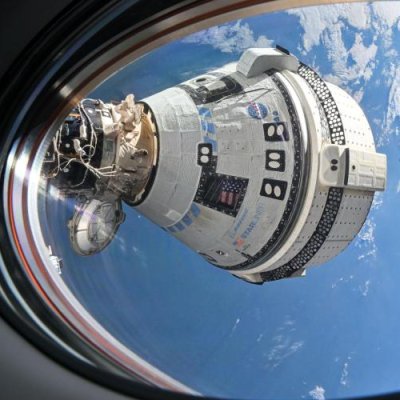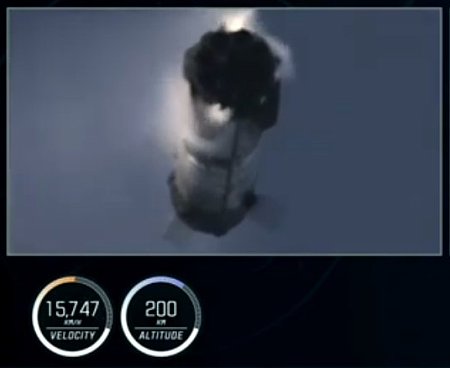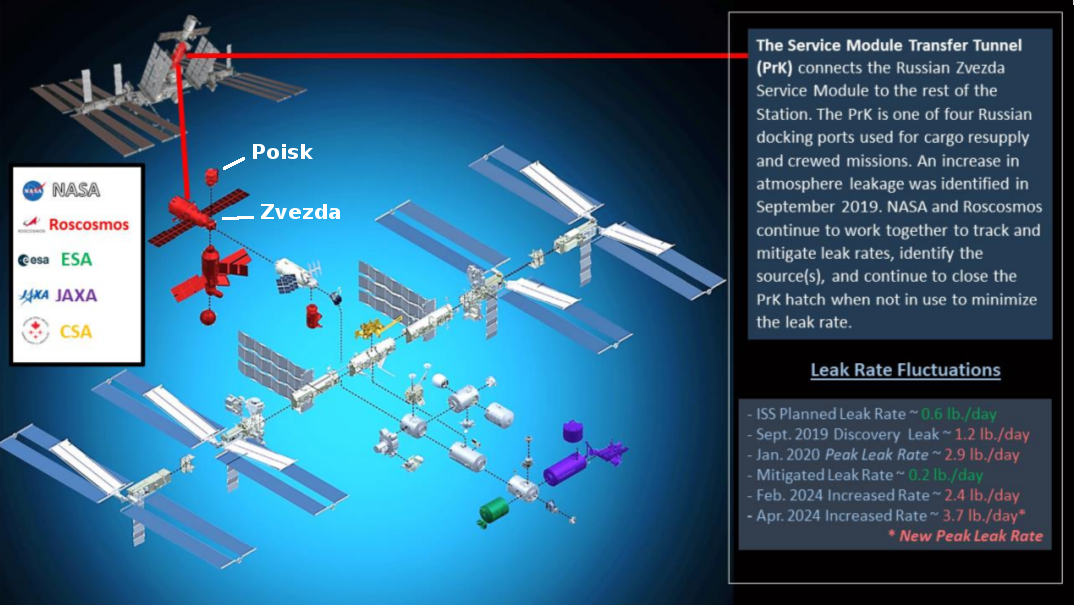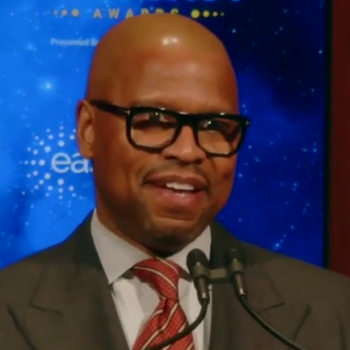NASA trims $768 million from Boeing’s Starliner contract

Starliner docked to ISS in 2024.
According to one story late today, the modifications NASA announced today on its Starliner contract with Boeing will trim $768 million from the total contract, assuming the two later optional manned missions never fly.
Originally valued at $4.5 billion, Boeing’s contract under the Commercial Crew Program envisioned six operational astronaut flights. NASA’s latest modification cuts that number to four, including up to three crewed missions and an uncrewed cargo flight set for April 2026. Two additional flights remain optional. With the changes, the contract’s value has dropped by $768 million to $3.732 billion; NASA has already paid $2.2 billion to date.
Boeing can still earn that additional money if if somehow manages to convince NASA to do all six flights. It will have great difficult achieving this, however, since there probably won’t be enough time to get all six flights up before ISS is retired. That fact is partly why NASA has made this change.
This report however suggests that NASA is not paying Boeing extra money for the unmanned cargo mission in April 2026. Instead, it is treating it as if it were the first operational manned Starliner flight, paying Boeing its purchase price as if it had achieved all its milestones during the manned demo flight last year.
It really pays in today’s America to be a big giant corporation that does lots of business with our bloated and very corrupt federal government. That government is then quite willing to bend over backwards to help you, even if you are like Boeing and incompetent (Starliner), corrupt (737-MAX), or routinely go over-budget and fail to deliver on time (Air Force One). That certainly appears to be the case here with Boeing.
Hat tip BtB’s stringer Jay.

Starliner docked to ISS in 2024.
According to one story late today, the modifications NASA announced today on its Starliner contract with Boeing will trim $768 million from the total contract, assuming the two later optional manned missions never fly.
Originally valued at $4.5 billion, Boeing’s contract under the Commercial Crew Program envisioned six operational astronaut flights. NASA’s latest modification cuts that number to four, including up to three crewed missions and an uncrewed cargo flight set for April 2026. Two additional flights remain optional. With the changes, the contract’s value has dropped by $768 million to $3.732 billion; NASA has already paid $2.2 billion to date.
Boeing can still earn that additional money if if somehow manages to convince NASA to do all six flights. It will have great difficult achieving this, however, since there probably won’t be enough time to get all six flights up before ISS is retired. That fact is partly why NASA has made this change.
This report however suggests that NASA is not paying Boeing extra money for the unmanned cargo mission in April 2026. Instead, it is treating it as if it were the first operational manned Starliner flight, paying Boeing its purchase price as if it had achieved all its milestones during the manned demo flight last year.
It really pays in today’s America to be a big giant corporation that does lots of business with our bloated and very corrupt federal government. That government is then quite willing to bend over backwards to help you, even if you are like Boeing and incompetent (Starliner), corrupt (737-MAX), or routinely go over-budget and fail to deliver on time (Air Force One). That certainly appears to be the case here with Boeing.
Hat tip BtB’s stringer Jay.



